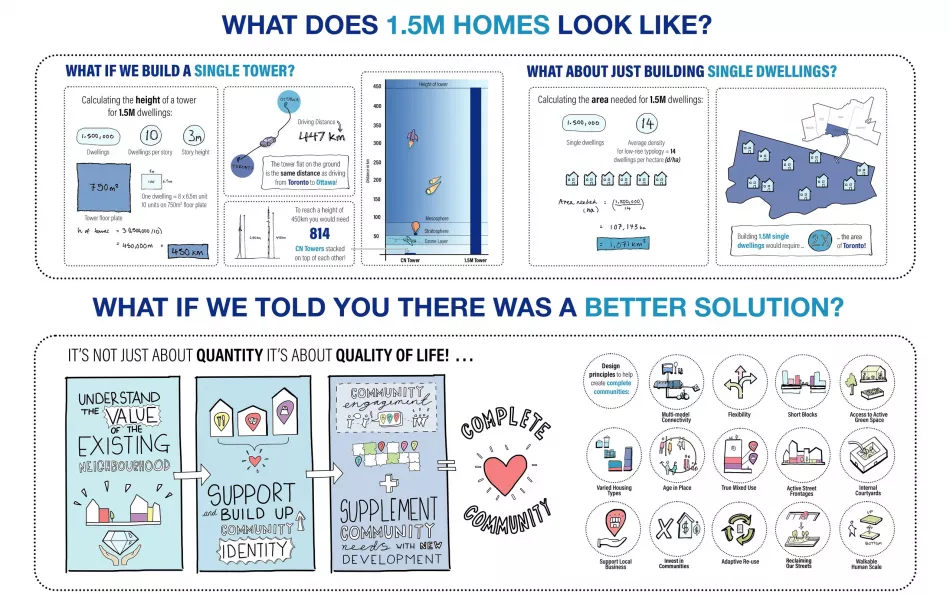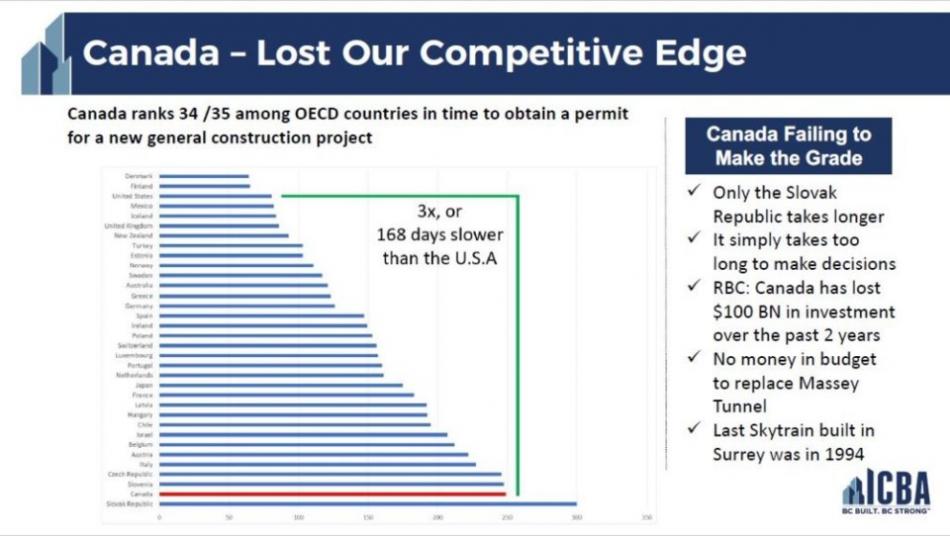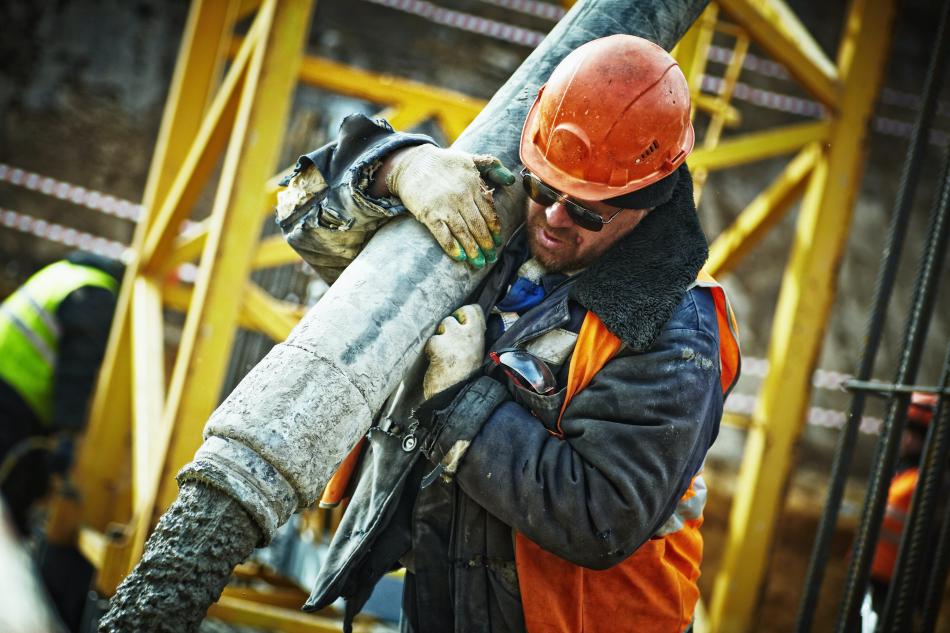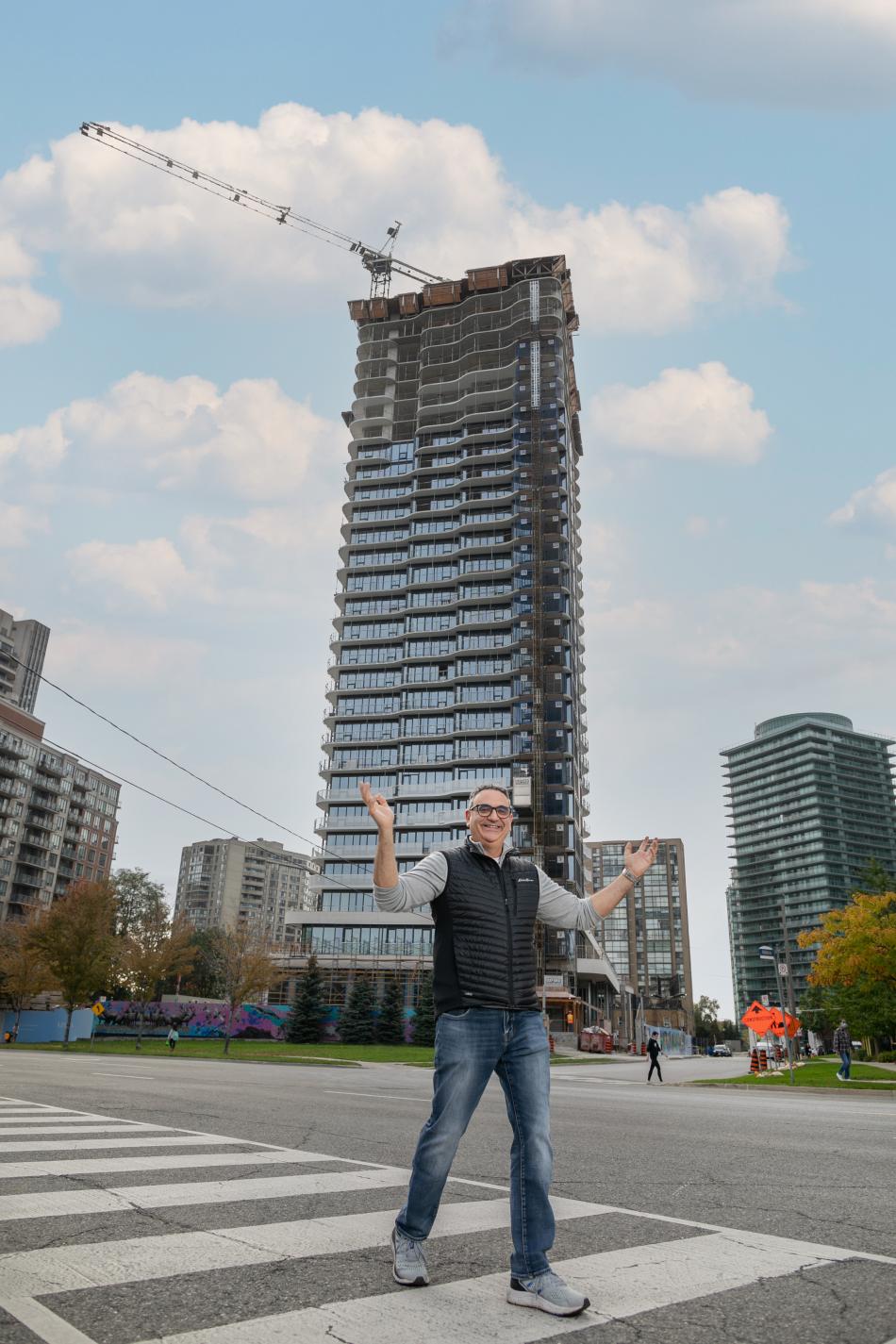Record demand and low supply continue to fuel Ontario’s housing shortage.
Canada welcomed a record 1 million immigrants in 2022, and with approximately 42% of new immigrants residing in Ontario, growing population has placed an increasing burden and urgency to alleviate the province’s housing woes sooner rather than later.
Last Fall, the provincial government of Ontario made headlines with its ambitious goal of building 1.5 million new homes by 2031 as part of Bill 23, appropriately named the More Homes Built Faster Act. There were approximately 96,000 housing starts in 2022, but in order to meet the goal within the allotted timeframe, the province must aim for roughly 150,000 housing starts per year. Most experts agree that a major step is to increase housing supply, but what that looks like, where it gets built, and how that number is achieved is less clear.
What does 1.5M homes look like?
An infographic produced by architectural design firm BDP Quadrangle, paints a picture as to what 1.5 million homes could look like. While the 1.5 million homes outlined in Bill 23 are a province-wide figure, BDP Quadrangle believes that number can be achieved by densifying existing areas within the City of Toronto.
In an effort to visualize how many new dwellings could be achieved, the firm has examined several solutions that include densifying transit nodes, mid-rise right of way guidelines, tall building guidelines, and converting single dwellings into multiple units. According to their calculations, 1.8 million new homes could be built within the City of Toronto alone by implementing the proposed solutions.
Increasing density in a sustainable way
We spoke to Ossie Airewele, an Associate at BDP Quadrangle in Toronto, who has been closely involved with the firm’s research. ”Within the City, we were able to find opportunities to increase density at existing and future transit nodes, as well as where planning guidelines would currently permit mid-rises.”. Airewele stresses that while the housing numbers are impressive, sustainability and livability are top-of mind. "Everybody knows that we need to increase supply, but we shouldn't get too preoccupied with just quantity, having a quality based plan is really important to the success of the existing neighbourhoods were we increase density.". BDP Quadrangle’s research is based on building in a way that is equitable, environmentally and socially sustainable, with a planning approach that is centred around quality of life. This includes the need for complete communities, balancing community access, infrastructure, and increasing density in a way that is complimentary to the needs of the community.
“As the population of cities grow, we also need to retain the right mix of community assets and community infrastructure, all the things that make great places to live. They also need to be dispersed in a balanced way to reflect the specific needs of each neighbourhood.” — Ossie Airewele
You can learn more about BDP Quadrangle’s research by visiting their website.
…
Developers also play a critical role in creating the majority of Ontario’s housing supply. Doug Hochglaube, is the President & CEO of Trolleybus Urban Development, a GTA-focused residential developer specializing in the identification of sites that would be appropriate for intensification along existing built-up infrastructure. Trolleybus’ strategy is focused on acquiring under-utilized properties and converting them into higher-density residential or mixed-use residential development.
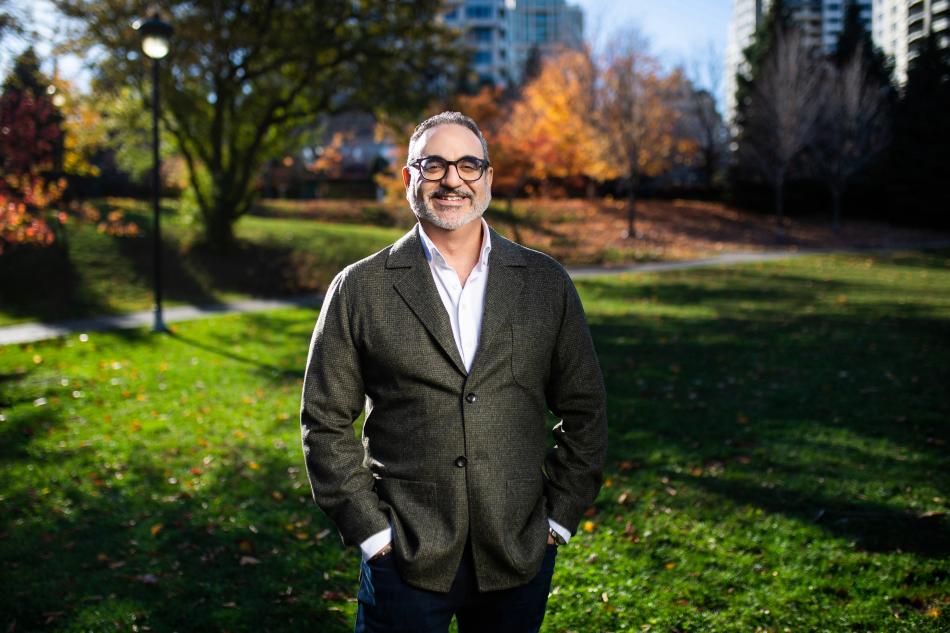 Doug Hochglaube, President & CEO of Trolleybus Urban DevelopmentImage Credit: Trolleybus Urban Development
Doug Hochglaube, President & CEO of Trolleybus Urban DevelopmentImage Credit: Trolleybus Urban Development
“Developers play a critical role in part of the solution. We recognize there’s a market need for housing, and we want to work collaboratively with all the various stakeholders to bring about housing in those areas in a way that is sustainable, with minimal disruption to property owners, while also encouraging the livability and affordability of those wanting to get into the housing market.” — Doug Hochglaube.
Zoning
When asked about how Ontario achieves its goal of building 1.5M homes, Hochglaube describes this as a multi-pronged approach, beginning with zoning. “You have to zone it. In order to zone it, the city needs to hire more municipal planners. Right now municipal planners are understaffed and overworked. It can be 2-3 years to get sites zoned, we have to improve the zoning process, we have to make it more efficient.”.
Unlocking the land
In the City of Toronto’s Official Plan, 70% the city’s buildable land area is designated as Neighbourhoods. Referred to locally as ‘The Yellowbelt’, these areas are characterized by large swaths of low-density neighbourhoods, primarily occupied by single family dwellings. With a further 13% zoned as Core Employment Areas, which Doug adds, “many of those uses aren’t core employment”, developers are left with a limited supply of appropriate land to create intensification projects. “Toronto today wasn’t what it was 50 years ago. Let’s look at unlocking more land in appropriate areas.”.
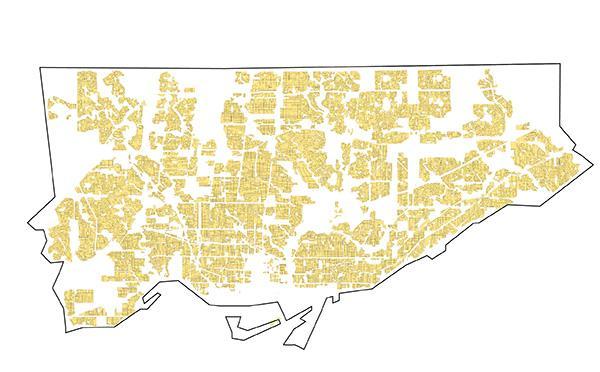 Map view of Neighbourhoods ('Yellow Belt') in the City of Toronto's Official Plan.Image Credit: Smart Density
Map view of Neighbourhoods ('Yellow Belt') in the City of Toronto's Official Plan.Image Credit: Smart Density
Changes on the horizon?
In May 2023, the City of Toronto voted to approve multiplexes in the Yellowbelt. When asked whether Hochglaube believes this will make a meaningful dent in Ontario’s housing shortage, “Anything that can produce more housing supply is certainly encouraging. I think it’s a good starting position, I think that will help unlock a few new homes, but it won’t solve the overall supply issue. It needs to be a multifaceted approach, there needs to be more happening.“.
Time for Approvals (‘Red Tape’)
Delay in approvals has also become a common pain point for developers. Canada ranks 34 out of 35 amongst OECD countries in time to obtain a permit for a new general construction project — three times slower than in the United States. Toronto is also one of slowest municipalities to approve housing in the country, which not only delays the construction of new housing, but also increases costs. A report from Altus Group has suggested this adds approximately $50,000 to a new condominium and $100,000 to a new house price.
Labour shortages
Ontario’s need to build new housing comes as the province faces historic labour shortages in its construction industry. The province says that 72,000 additional construction workers are needed by 2027 in order to help reach its target. “We have to encourage, motivate, and incentivize more trades to come into the (construction) market.”, says Hochglaube.
Labour shortages were a concern echoed by Ossie Airewele, who also believes that finding smarter ways to build faster, repeating elements of construction (whilst preserving the individuality and character of homes), will help Ontario toward achieving its housing targets.
Is Toronto (and Ontario) becoming too unfriendly for building housing?
“I think Toronto is going through a substantial growing pain period.”, says Hochglaube, adding that some local developers have chosen to enter US markets like Texas and South Florida, where it is a more collegial environment to get projects zoned, marketed, and built. “What we’re trying to do is roll up our sleeves and try to make this work. You have to have a lot of will in this environment in order to create and bring to life projects, but certainly a lot of developers are looking to increase their opportunities outside of Toronto in order to diversify that risk exposure.”. Despite these challenges, Hochglaube remains hopeful in the future of the GTA, “I’m optimistic that over the next 5-10 years we can get out of this.”.
What becomes increasingly clear is that there seems to be no easy way out of Ontario’s housing shortage. It is a collaborative effort that involves changes at multiple levels from many stakeholders. Constructing new homes is a lengthy process, and whether or not the province reaches its target of building 1.5 million homes in the next decade remains to be seen.
…
Stay tuned to Urbanize Toronto as we follow the latest on development and construction in North America’s fastest growing city.





